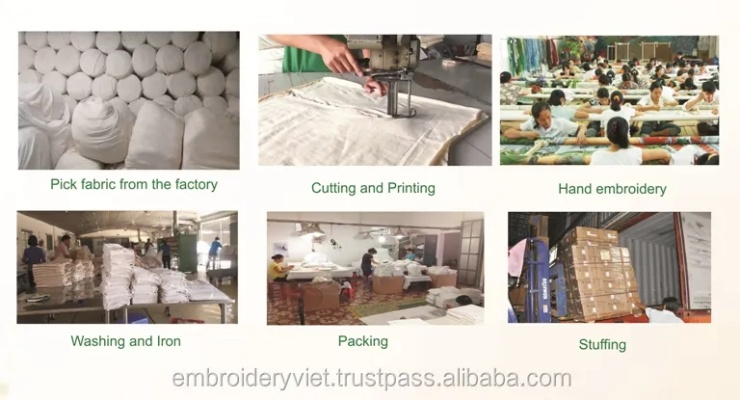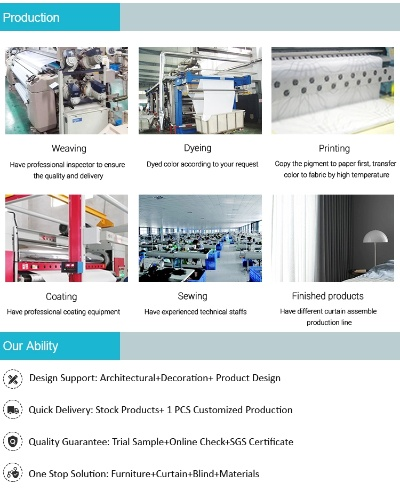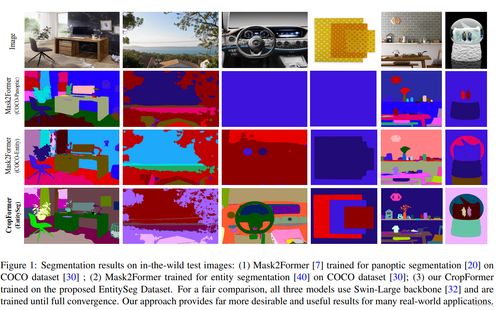The Role of Textiles in Global Fashion and Sustainable Development
The global fashion industry, which is heavily dependent on textiles, has a significant impact on the environment. Textiles are one of the most commonly used materials in fashion, and their production involves large amounts of water, energy, and resources. This paper discusses the importance of sustainable development in the fashion industry, particularly the role of textiles in achieving this goal. The use of sustainable materials such as organic cotton, recycled polyester, and natural fibers can help reduce the environmental impact of fashion. Additionally, the use of eco-friendly production methods and reducing waste can also contribute to sustainable development. The paper also highlights the need for collaboration between fashion companies, governments, and consumers to promote sustainable practices in the industry.
Introduction: Textiles, the fabrics that make up our clothing and furnishings, have been a cornerstone of human civilization for thousands of years. From the simple loom weavers of ancient Egypt to the intricate designs of modern fashionistas, textiles have played a significant role in shaping cultures, economies, and lifestyles around the world. In recent years, however, the industry has faced challenges such as environmental degradation and resource depletion. This essay explores the importance of textiles in global fashion and sustainable development, highlighting their impact on cultural exchange, economic growth, and environmental conservation.
Cultural Exchange: Textiles serve as a bridge between different cultures, enabling people to connect through their shared appreciation of aesthetics and craftsmanship. For example, the intricate patterns and vibrant colors of Indian saris have become symbols of Indian culture around the world, while the bold stripes and geometric shapes of Japanese kimono have made their way into Western fashion collections. These textiles not only enhance our cultural identity but also facilitate cross-cultural communication and understanding.
Economic Growth: The textile industry is one of the largest employers in the world, providing jobs for millions of people across various regions. It contributes significantly to national and regional economies by generating revenue from sales of finished goods, manufacturing, and services. Moreover, the textile sector plays a critical role in supporting other industries, such as apparel manufacturing, which employs hundreds of thousands of workers worldwide. As demand for textile products continues to grow, the industry is expected to remain an important driver of economic activity in many developing countries.
Environmental Conservation: However, the textile industry is not without its environmental impact. The production of textiles requires significant amounts of water, energy, and natural resources, leading to pollution, deforestation, and climate change. To address these issues, there is a growing trend towards sustainable textile practices, including using eco-friendly materials, reducing waste, and promoting recycling. By adopting these practices, the textile industry can minimize its negative impact on the environment while still meeting consumer demand for high-quality textile products.

Case Study: One example of a successful textile company that has embraced sustainable practices is Patagonia. Founded in 1973 by Yvon Chouinard, Patagonia is known for its commitment to ethical and environmentally responsible manufacturing practices. The company sources its cotton from small farms in Latin America, ensuring that the workers are paid fairly and receive fair treatment. Additionally, Patagonia uses recycled materials in its products and promotes sustainable packaging and shipping methods. As a result, Patagonia has become a leader in the sustainable fashion industry, inspiring others to follow suit.
Conclusion: In conclusion, textiles play a crucial role in global fashion and sustainable development. They provide cultural exchange opportunities, support economic growth, and contribute to environmental conservation. However, the industry must continue to innovate and adopt sustainable practices to meet the demands of consumers and protect the planet. By doing so, textiles can continue to be a source of joy, pride, and progress for generations to come.
随着科技的飞速发展,纺织品行业也在不断进步与创新,本文将探讨纺织品在论文中的研究与应用,通过案例分析、数据图表和深入探讨,展示纺织品在现代生活中的重要性以及其在不同领域的应用前景。
纺织品在现代生活中的应用
- 服装行业:纺织品在服装设计中的应用日益广泛,从面料选择到款式设计,从颜色搭配到图案创新,都离不开纺织品的支持,随着环保意识的提高,绿色纺织品的需求也在不断增加。
- 家居装饰:纺织品在家居装饰中的应用也日益突出,从窗帘、地毯到床上用品,各种材质和图案的纺织品为家居环境增添了独特的魅力。
- 工业制造:纺织品在工业制造领域的应用也日益广泛,从服装生产到包装材料,从汽车内饰到航空航天领域,纺织品的性能和质量都得到了广泛关注。
纺织品论文的研究方法

- 文献综述:对纺织品的历史、现状和发展趋势进行深入研究,总结当前研究的热点和难点。
- 实验研究:通过实验测试不同材质和工艺的纺织品性能,为论文提供实证依据。
- 案例分析:选取具体的纺织品案例进行深入分析,展示纺织品在实际应用中的效果和特点。
纺织品论文的研究成果
- 面料创新:近年来,新型面料如竹纤维、天然纤维等在纺织品领域得到了广泛应用,这些新型面料具有环保、透气、吸湿等功能,为现代生活提供了更多的选择。
- 绿色纺织品:随着环保意识的提高,绿色纺织品的需求也在不断增加,一些绿色纺织品的生产过程更加环保、可持续,符合现代消费者的需求。
- 纺织品的智能化应用:随着人工智能技术的发展,纺织品的智能化应用也越来越广泛,智能纺织品可以通过传感器和人工智能技术实现自我调节、自适应等功能,为人们带来更加舒适、便捷的生活体验。
案例说明
以某知名服装品牌为例,展示纺织品在现代生活中的实际应用,该品牌在服装设计方面注重面料的选择和款式的设计,同时注重绿色环保理念的应用,他们采用了新型面料如竹纤维面料,具有环保、透气、吸湿等功能,深受消费者喜爱,该品牌还注重智能化技术的应用,推出了智能服装系列,可以通过传感器和人工智能技术实现自我调节、自适应等功能,为消费者带来更加舒适、便捷的生活体验。
纺织品在现代生活中具有广泛的应用前景,随着科技的不断发展,纺织品行业也将不断进步和创新,纺织品将在更多领域得到应用,为人们的生活带来更多的便利和舒适,纺织品行业也需要不断探索和创新,提高产品的质量和性能,满足现代消费者的需求。
Articles related to the knowledge points of this article:



